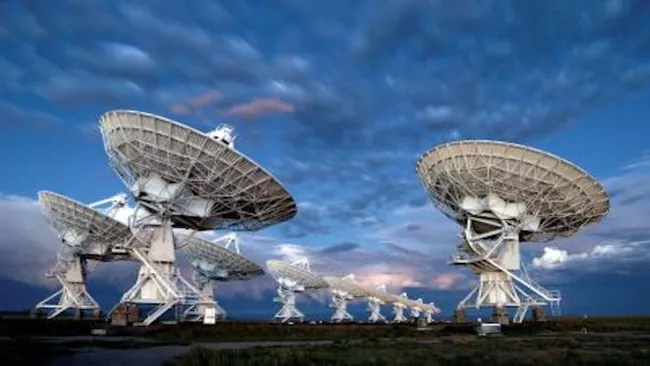By Carl Kruse
The Mountain View, California-based SETI Institute recently discussed a new research project that looked for signs of alien intelligence in galaxies beyond the Milky Way. The study involved several other academic institutions and used the Murchison Widefield Array (MWA) telescope in Australia to focus on low radio frequencies, e.g., those in the 100 Mhz range to scan for alien life in about 2,800 galaxies.
This new study is unique in that most SETI (Search for Extraterrestrial Life) studies focus on signals within our own galaxy. To send a signal from another galaxy, a civilization would need technology powerful enough to harness the energy of their sun or several stars in their galaxy.

While this first study did not find any signs of alien technology, it provided insights that will help focus future searches and it demonstrated the importance of exploring different radio frequencies and using the unique capabilities of telescopes like the MWA.
“The MWA continues to open up new ways of exploring the Universe for intelligent civilizations and technosignatures, while using the same data to study the astrophysics of stars and galaxies. This work is new and novel, but also paves the way for future observations with even more powerful telescopes,” said Prof. Steven Tingay, Director of the MWA.
The SETI Institute was founded in 1984 and is the pre-eminent organization dedicated to humanity’s quest to understand the origins and prevalence of life in the universe. The Carl Kruse Blog has donated to these efforts and written about the Institute’s work here, and here and also here and here as well.
——-
This Carl Kruse Blog homepage is at https://carlkruse.org
Contact: carl AT carlkruse DOT com
Help science learn more about Asteroids while you are not using your computer: Asteroids@Home – another project on BOINC (say hi to Carl Kruse on Asteroids@Home).
